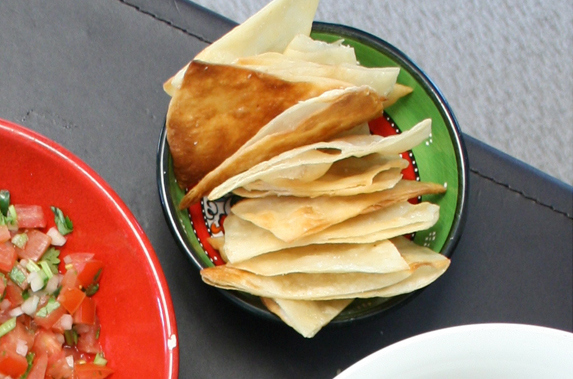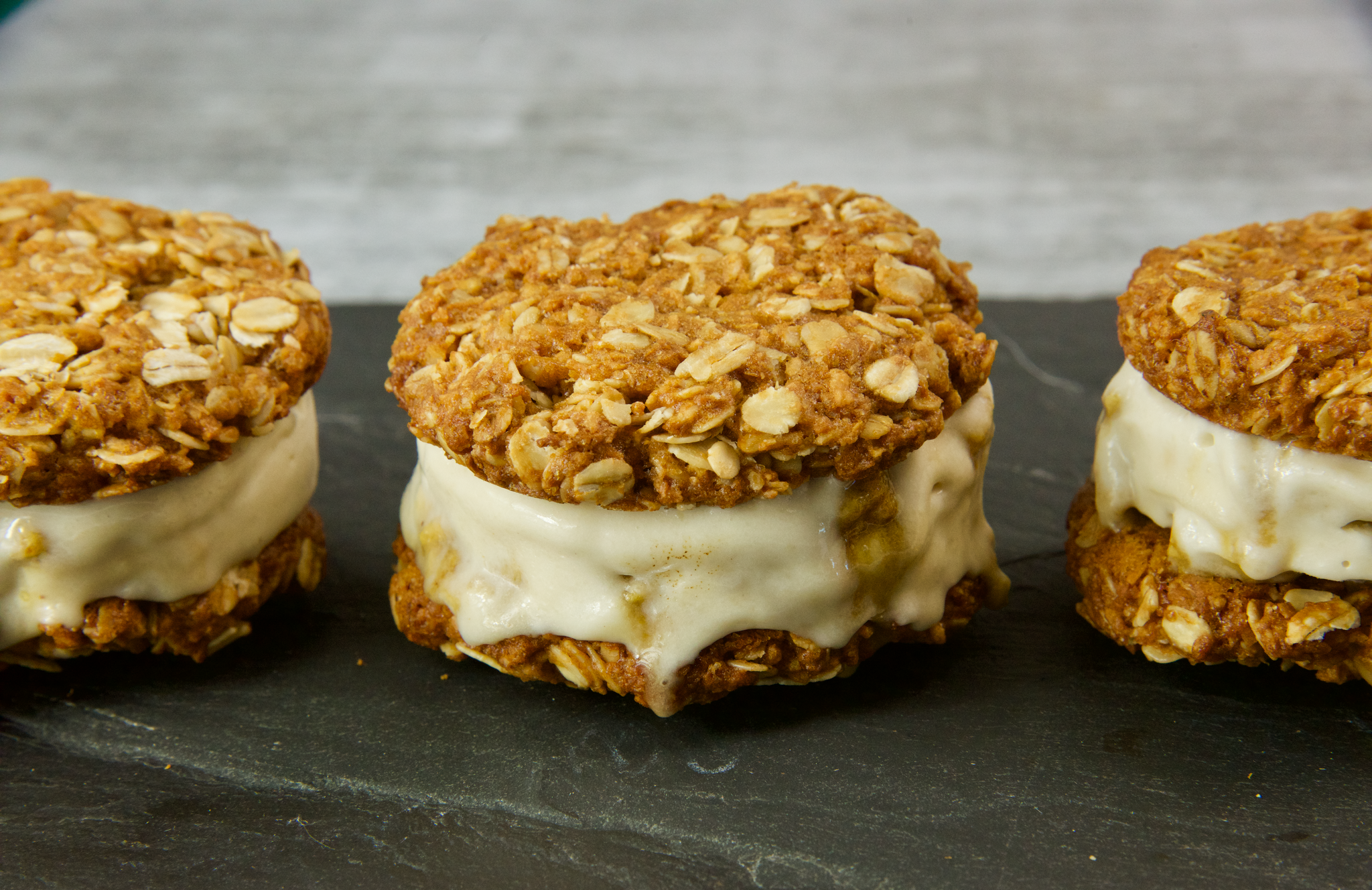Are waste disposal units a good idea?
How to get rid of old wallpaper, stinky shoe smells and tea bags in your compost

Do you know of a brand of tea that produces biodegradable tea bags? Worms love tea leaves, but funnily enough don’t like the synthetic tea bag!
Rachel Griffiths
When you’ve got the time, making an old-fashioned cuppa with a teapot and loose-leaf tea is a great solution. But sometimes you just need a quick, mess-free brew—preferably with teabags that are compost-compatible.
Not all teabags are created equal: most are made from a mixture of natural cellulose and plastic fibres, so they will only partially biodegrade. However, there are biodegradable options out there. Dilmah says the majority of its tea bags are made from biodegradable hemp. Many boutique tea-makers are also changing to biodegradable teabags, so it’s worth having a look on your favourite tea company’s website or emailing them about your dilemma.
Since you’re switching brands, you might as well go fair trade at the same time. Dilmah’s our pick of the supermarket brands, due to its fair trade practices and charitable foundation that supports tea workers in Sri Lanka. For the ultimate in ethical tea, head to your nearest Trade Aid shop for organic, Fairtrade-certified tea in biodegradable teabags, or buy online from www.tradeaid.org.nz. —Lynda Brendis

My waste disposal unit doesn’t work. Should I replace it? (I have a worm farm and a very small garden that struggles to keep up with my kitchen waste.)
Kaye Stichbury
Waste disposals units create a few problems for our wastewater treatment plants, so until the technology improves at their end of the pipe, it’s best to avoid flushing food down yours. The Ministry for the Environment says waste disposal units add large amounts of organic matter into the wastewater mix, meaning many pond-based water treatment plants can’t satisfactorily treat it. This adds to our rates bills and can even overload the system, causing an increased risk of pollution. Anyway, most of the sludge that waste disposal units generate gets landfilled after treatment.
To cut down on kitchen waste, the first thing to check is whether you’re getting the most from your food: most of us chuck loads out that could be used in soups, stock or casseroles.
If your fruit or veg has passed the point of no return, the greenest way to dispose of it is to compost it yourself, or feed it to somebody’s chickens or pigs. A bokashi bin is also a great option for urbanites short on space: give the nutrient-rich product away to a keen gardener or trade it for some veggies if you don’t have space to bury it in your own patch. —Andy Kenworthy

I’m about to strip some really old wallpaper that’s been painted. What is the best way to dispose of it? Is there eco-friendly wallpaper?
Demelza Venning-Slater
Green architect Johann Bernhardt says that as long as it’s made of paper, old wallpaper can be composted. Contact Winstone Wallboards, which has a policy to accept wallpaper and GIB board and responsibly compost it. But if you’re arty, we think old wallpaper makes perfect crafting material: think gift-wrapping alternatives or funky decorative covering for storage boxes.
As far as new wallpaper goes, Johann says there are no good options. Most new wallpaper in New Zealand is no longer made of paper, but of PVC. As well as being fairly toxic stuff to manufacture and dispose of, Johann warns that the PVC seals off the surface of the wall and prevents healthy air and moisture flow. It’s possible to import eco-friendly wallpaper from overseas (we like www.publishertextiles.com.au), but it’s not available here on a large scale.
Johann suggests that his clients paint rather than use wallpaper. With most major paint manufacturers showing a commitment to sustainability these days, and plenty of low-VOC options, the once-maligned paint industry is the greenest way to go. —Lynda Brendish

How do I remove the odour from my daughter’s ballet shoes and stockings? They are extremely overpowering.
Shi Chan
Smelly shoes and socks are right up there as stinky things go—but before you reach for an arsenal of harsh chemicals or biff the offending items altogether, try these easy solutions.
Dampness encourages the bacteria causing pongy foot odour, so routinely drying the shoes out will help. Lay them upside down on a radiator heater or in the sun. To absorb moisture, sprinkle a teaspoon of baking soda into each shoe, shake well to ensure the powder gets in all the crevices and leave overnight. Extreme cold will also kill off bacteria—try popping the shoes in a plastic bag in the freezer overnight.
Shannon Lush, cleaning expert and author of Spotless, recommends making a ‘shoe frou’ by mixing two tablespoons each of baking soda and talcum powder with one drop of each of tea tree oil, oil of cloves and lavender oil. Place the mixture in a small piece of muslin cloth and tie with string; pat in smelly shoes. The baking soda and talc absorbs moisture and smells, the tea tree kills tinea, the oil of cloves deals to mould spores and the lavender adds fragrance.
Loosen ingrained dirt from white socks and stockings by rubbing with simple bathroom soap before washing as usual. Vinegar will sanitise and remove odours—soak smelly stockings in a jar of warm water with vinegar and a squirt of dishwashing liquid before washing, or add half-a-cup of vinegar to your washing machine’s second rinse. —Sarah Heeringa
Send us your good question

(why@good. net.nz) and we’ll try to find you a good answer. One enquiring mind will win a fantastic Breville Healthsmart Grill & Press to help you cook quick, convenient and healthy food. The ribbed top plate is great for grilling eggplant, peppers or chicken, while the flat bottom plate is perfect for toasted sammies, haloumi cheese, even eggs. $180 at all leading appliance retailers$180 at all leading appliance retailers





